Painted Lady Echeveria: Tips For Growing A Painted Lady Plant
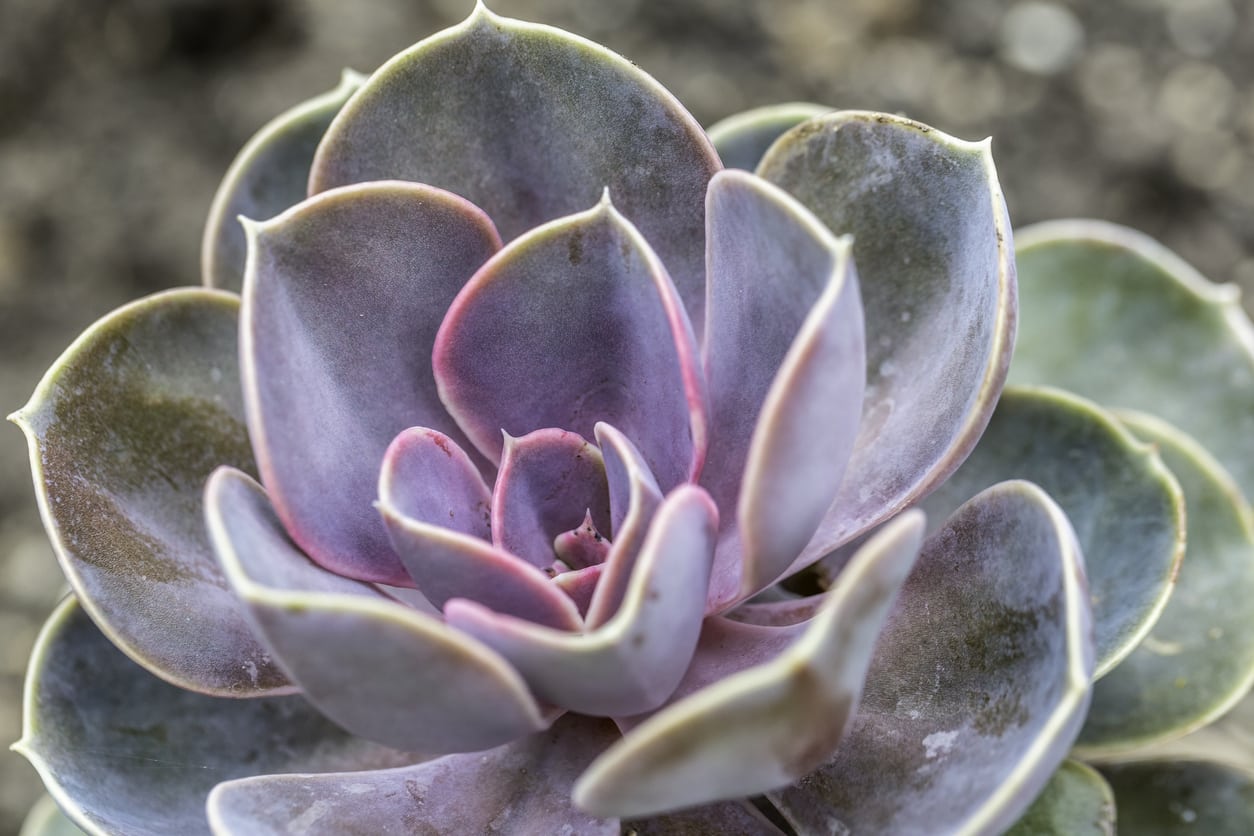

Echeveria is a small, rosette-type succulent plant. With its unique blue-green pastel color, it’s easy to see why the variety Echeveria derenbergii is a long-time favorite of succulent plant collectors and hobbyist gardeners. Keep reading to learn more about growing and caring for this “painted lady” plant.
About Painted Lady Echeveria
Also known as Painted Lady, due to its reddish leaf tips, this native Mexican plant dazzles with showy yellow-orange blooms each spring. Since these echeveria plants remain relatively small, usually growing to no more than 4 inches (10 cm.) in height, the Painted Lady succulent is perfect for container culture.
Echeveria Plant Care
Echeveria plants require warm climates to thrive. Grown outdoors in USDA zone 9 through 11, cultivation in pots or planters is often the best and most common planting option for gardeners living within zones that experience colder temperatures. Some growers may even choose to grow succulent containers outdoors during the summer months and move the plants back indoors to overwinter when cold weather and frost threatens. To plant, simply fill the containers with well-draining soil. Since good drainage is an absolute necessity, it is best to use soil mixes specifically formulated for succulent growth. These mixes are often available at home improvement stores or local nurseries. By nature, the Painted Lady succulent is drought tolerant and is quite adaptable in terms of how much sunlight is necessary. However, plants still require frequent watering during periods of active growth. Be careful to avoid directly watering the rosette of the plant, as this can lead to rot and other diseases. When growing conditions are less than ideal, plants may become dormant. Dormant plants require even less watering and fertilization until new growth resumes. Like many succulent plants, echeveria is known to produce numerous smaller offsets from the parent plant. These offsets can be removed and placed into their own containers as a means of propagation. New plants can also be rooted through stem cuttings and by rooting succulent leaves. Always maintain good sanitation habits by removing dead or damaged parts of the plant. This is especially important, as dead leaves may attract pests to your plants.
Gardening tips, videos, info and more delivered right to your inbox!
Sign up for the Gardening Know How newsletter today and receive a free copy of our e-book "How to Grow Delicious Tomatoes".

Tonya Barnett has been gardening for 13 years. Flowers are her passion. She has transformed her backyard into a cut flower garden, which she regularly chronicles on her YouTube channel http://www.youtube.com/@tonyawiththeflowers.
-
 Create A Romantic Garden Straight Out Of Bridgerton: Regency Era Romance In Your Garden
Create A Romantic Garden Straight Out Of Bridgerton: Regency Era Romance In Your GardenTry some romantic garden ideas straight out of Bridgerton. Flowers and gardens in the Regency era were lush and charming and you can get the same look!
By Bonnie L. Grant
-
 Moody Blooms For Spring: 8 Types Of Black Flowers To Add Drama To Spring Displays
Moody Blooms For Spring: 8 Types Of Black Flowers To Add Drama To Spring DisplaysFrom midnight burgundies to inky violets, several types of black flowers can enrich and embolden a spring display. Try these brooding bloomers for a moody garden
By Tonya Barnett
-
 Echeveria Pallida Plant Info: Growing Argentine Echeveria Succulents
Echeveria Pallida Plant Info: Growing Argentine Echeveria SucculentsIf you enjoy growing succulents, then Echeveria pallida may be just the plant for you. Click here to learn about Argentine echeveria plants.
By Becca Badgett
-
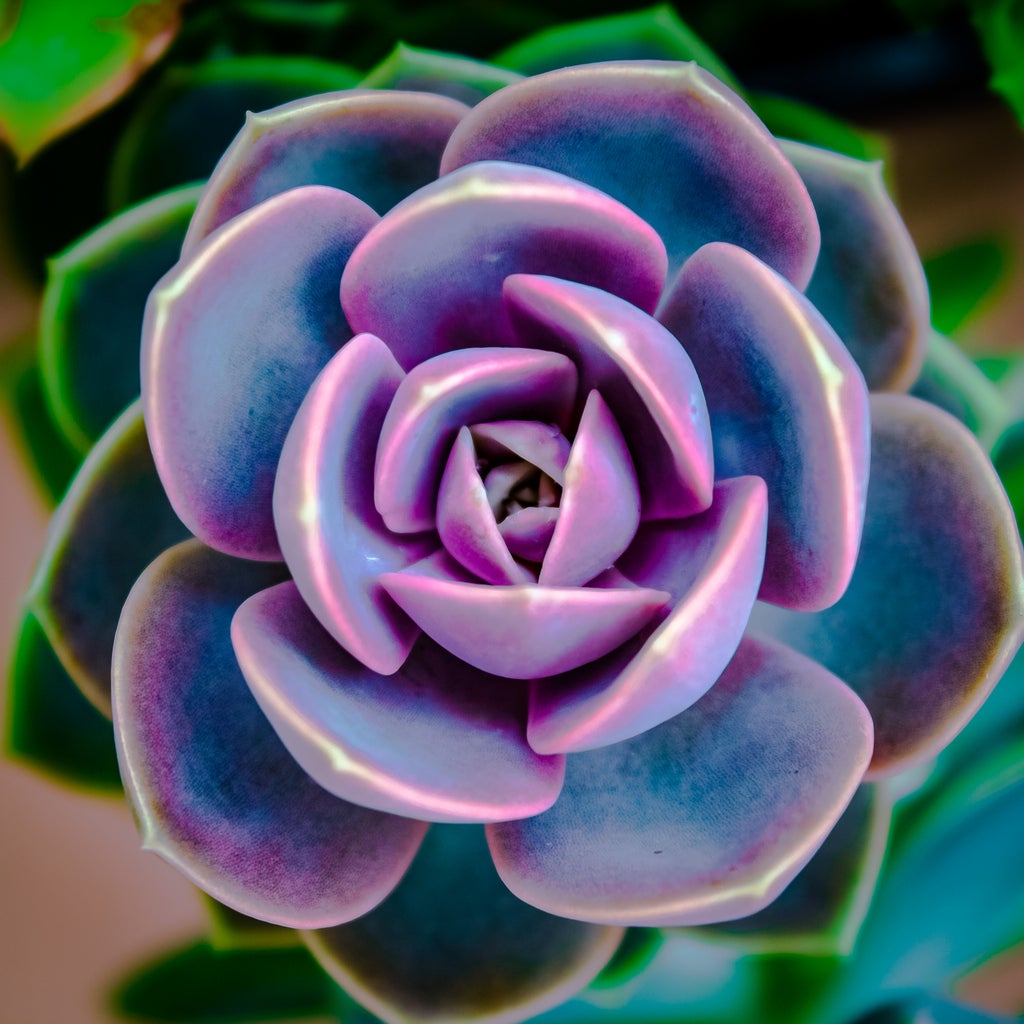 Perle Von Nurnberg Info: What Is A Perle Von Nurnberg Plant
Perle Von Nurnberg Info: What Is A Perle Von Nurnberg PlantEcheveria are some of the easiest succulents to grow, and the Perle von Nurnberg plant is one of the prettiest examples of the group. Click here for some comprehensive Perle von Nurnberg information.
By Bonnie L. Grant
-
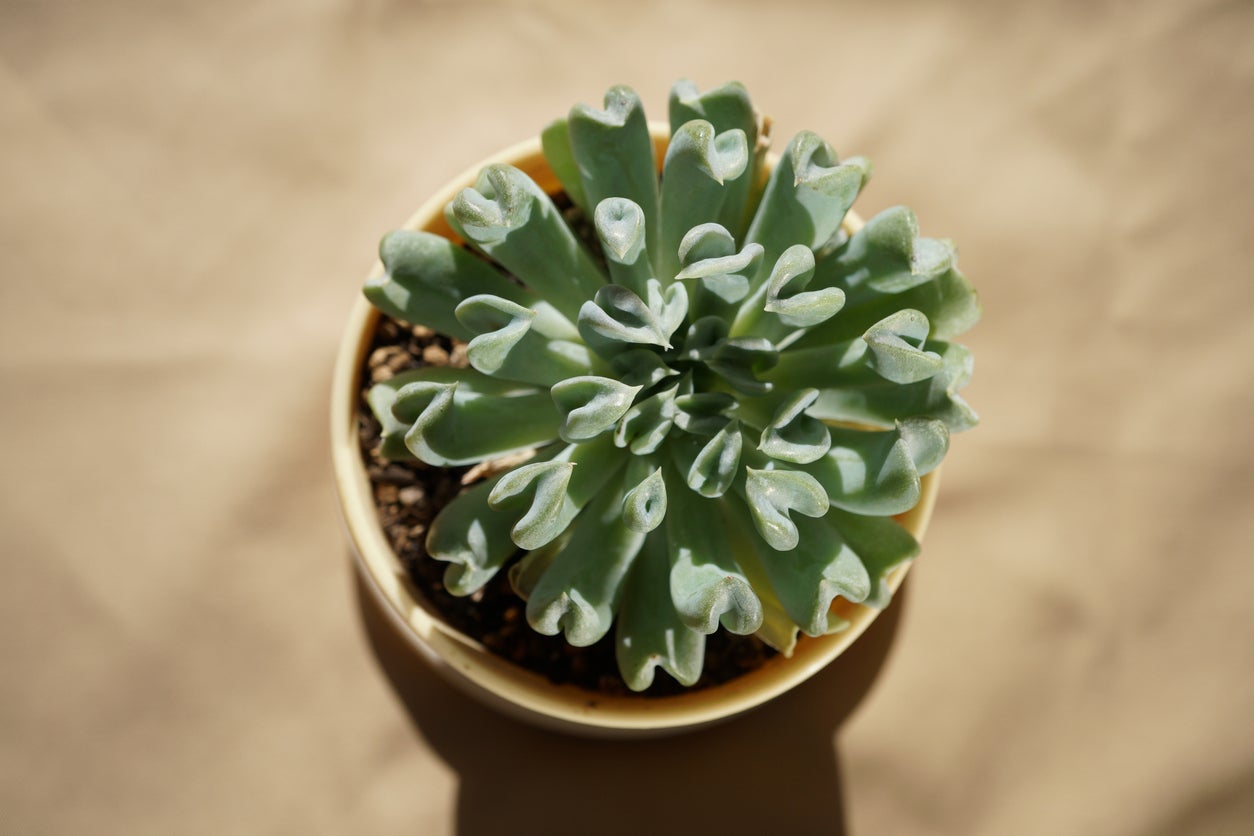 Topsy Turvy Echeveria Care: How To Grow A Topsy Turvy Plant
Topsy Turvy Echeveria Care: How To Grow A Topsy Turvy PlantSucculents are varied and come in a lot of different shapes and colors. A Topsy Turvy plant is a stunning type of echeveria, one large group of succulents, that is easy to grow and adds visual interest to desert beds and indoor containers. Learn more in this article.
By Mary Ellen Ellis
-
 Arctic Ice Succulent: What Is An Arctic Ice Echeveria Plant
Arctic Ice Succulent: What Is An Arctic Ice Echeveria PlantSucculents are enjoying immense popularity as party favors, particularly as wedding take away gifts. If you have been to a wedding lately, you may have come away with an Echeveria ‘Arctic Ice’ succulent, but how do you care for it? This article will help.
By Amy Grant
-
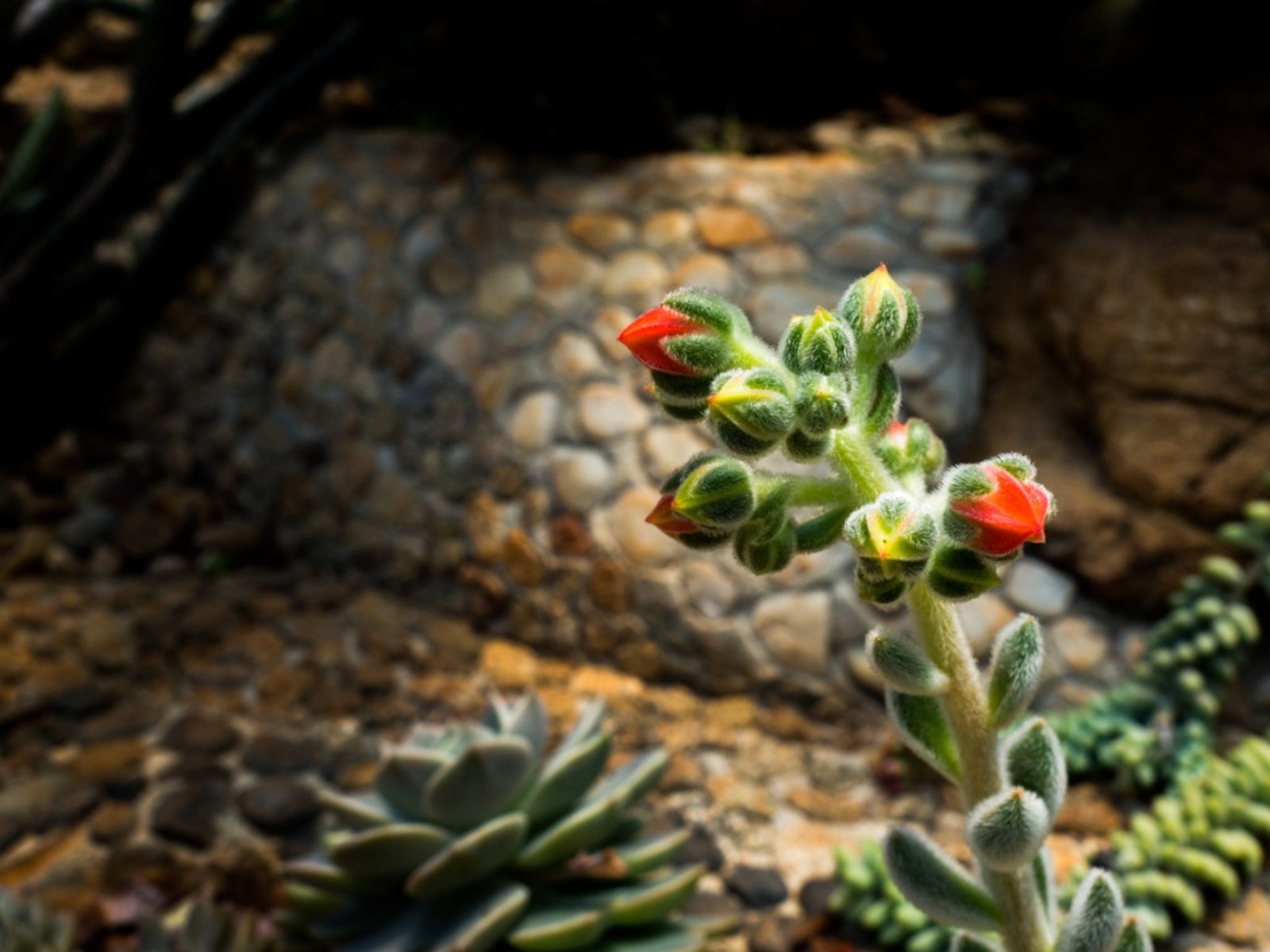 Doris Taylor Succulent Info: Tips On Growing A Woolly Rose Plant
Doris Taylor Succulent Info: Tips On Growing A Woolly Rose PlantEcheveria "Doris Taylor," also called the woolly rose plant, is a favorite of many collectors. If you’re not familiar with this plant, you may ask what is a woolly rose succulent? Click this article to learn more about this interesting succulent plant.
By Becca Badgett
-
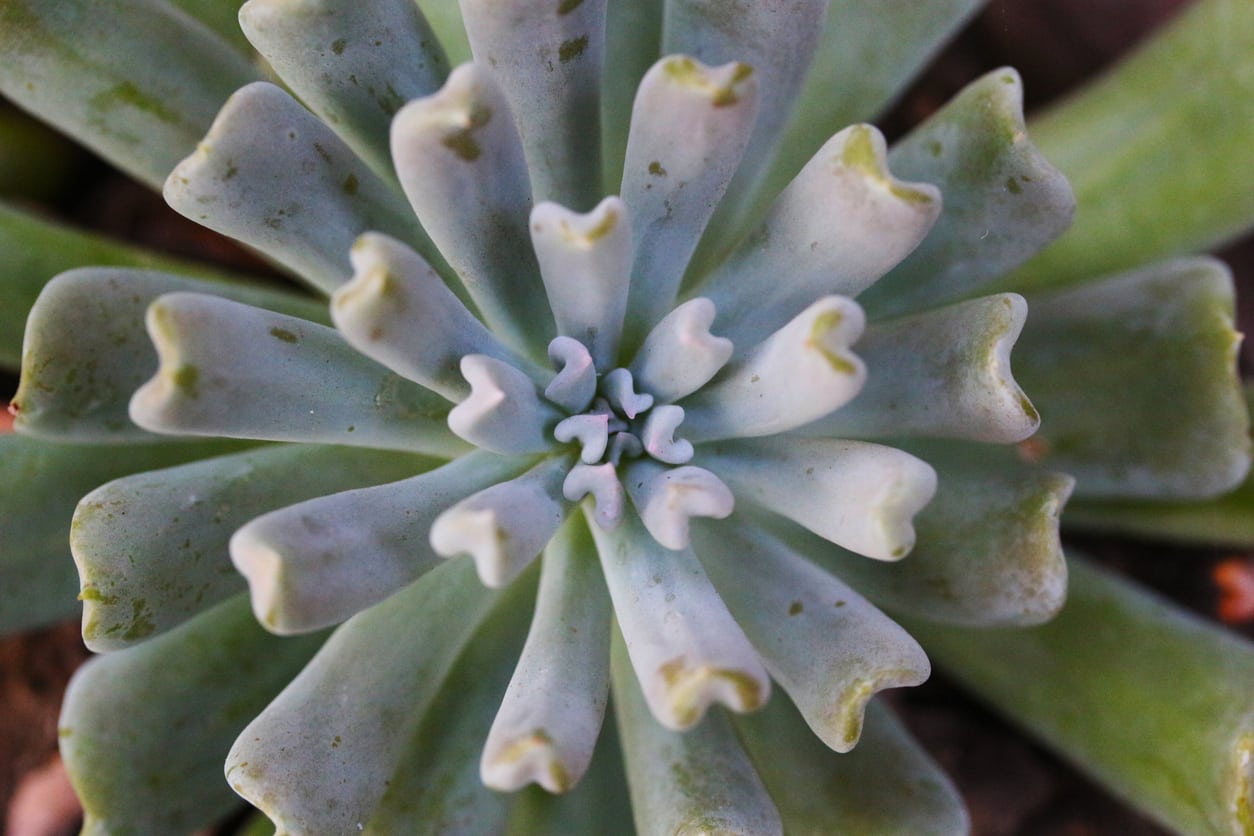 Irish Mint Echeveria Info: How To Grow An Irish Mint Succulent
Irish Mint Echeveria Info: How To Grow An Irish Mint SucculentEcheveria is a genus of stonecrop plants with a huge variety of species and cultivars, many of which are very popular in succulent gardens and collections. One beautiful and easy-care variety is Echeveria ‘Irish Mint.’ Click here for more info on this echeveria plant.
By Liz Baessler
-
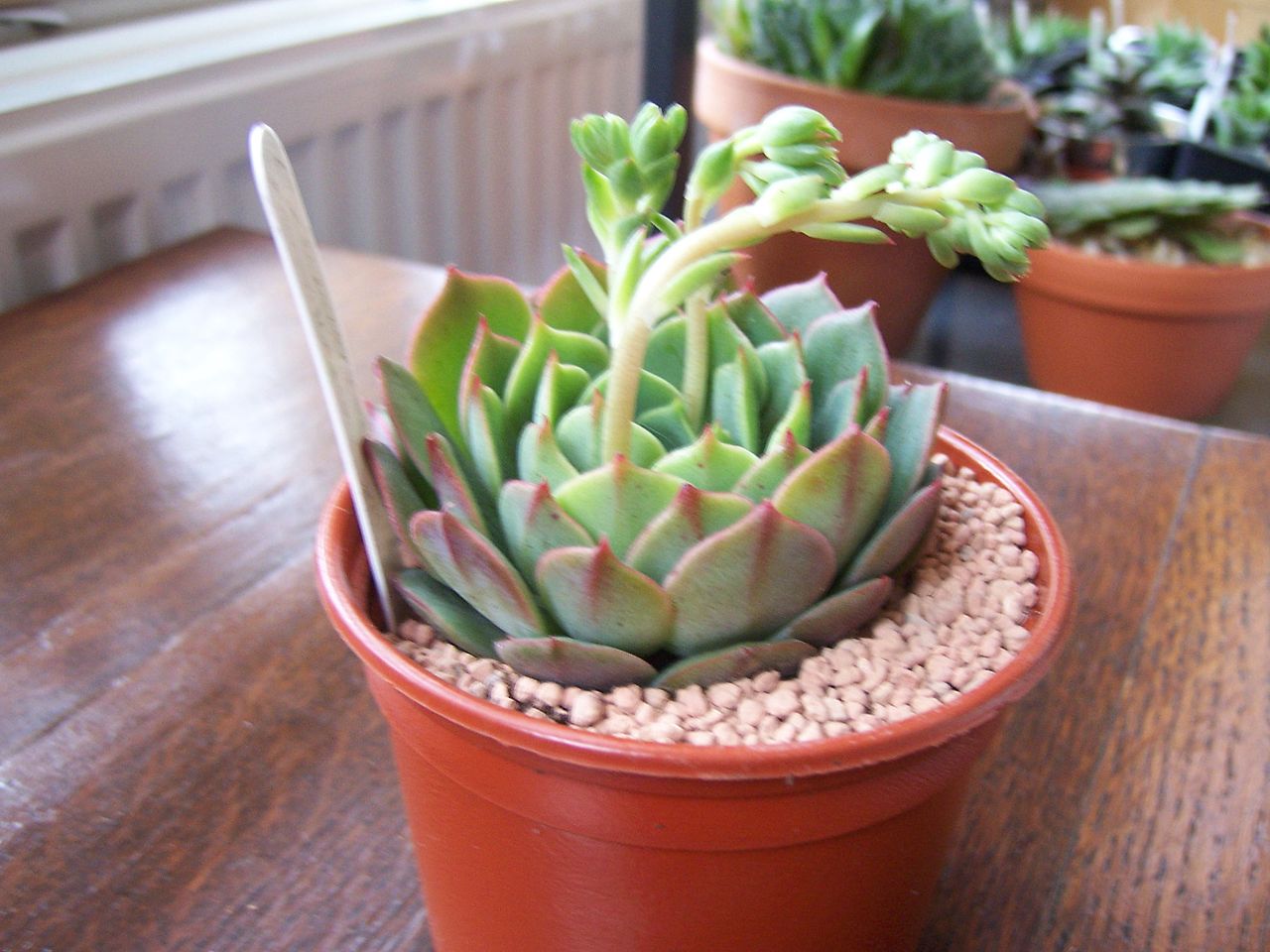 Caring For Ramillette Echeverias – Information About Ramillette Succulents
Caring For Ramillette Echeverias – Information About Ramillette SucculentsThe Ramillette echeveria plant is also called Mexican hens and chicks, but don’t be misled. These plants are only hardy in USDA zones 9-11 for year-round outdoor planting and growing. Click here to learn more about caring for a Ramillette echeveria plant.
By Becca Badgett
-
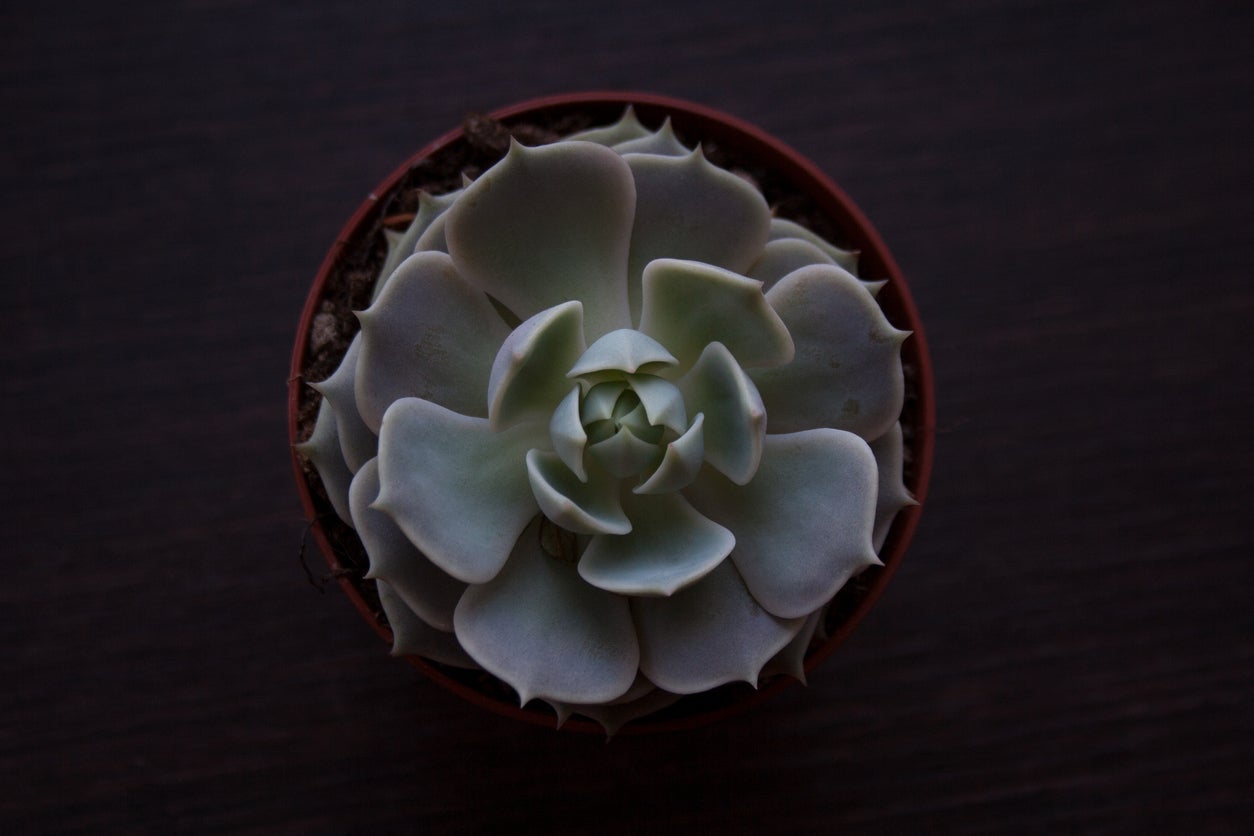 Echeveria ‘Lola’ Info: Learn How To Care For A Lola Echeveria
Echeveria ‘Lola’ Info: Learn How To Care For A Lola EcheveriaAnother of the most commonly owned succulents, the popular Echeveria ‘Lola’ plant is a beautiful, rosette that may be surrounded by pups. Offsets produce readily on this grayish-blue leafed favorite. Growing Lola echeveria is simple too, and this article will help.
By Becca Badgett